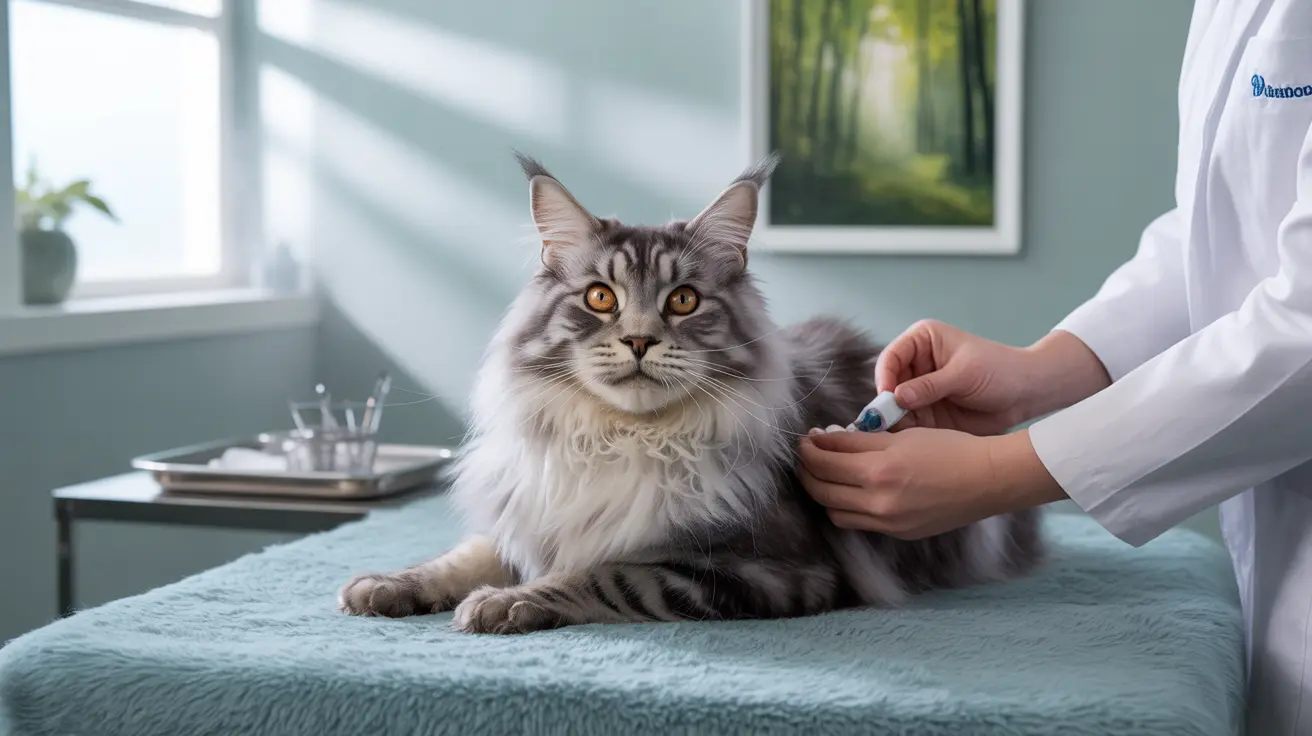Understanding Topical Lidocaine for Cats
Topical lidocaine is a local anesthetic that works by temporarily blocking nerve signals in specific areas. When properly administered under veterinary supervision, it can provide effective pain relief for various feline conditions. Available in patches, creams, and gels, lidocaine has become an increasingly popular option for managing localized pain in cats.
Safety Profile and Veterinary Guidelines
While topical lidocaine can be safe for cats, it's essential to understand that our feline companions are more sensitive to this medication than other animals. Veterinarians typically recommend careful dosing and close monitoring, as cats can experience adverse effects if the medication is misused.
The key to safe use lies in proper application and veterinary oversight. Most importantly, topical lidocaine should never be applied without first consulting your veterinarian, as they will determine the appropriate dosage and application method for your cat's specific needs.
Proper Application and Usage
When applying topical lidocaine to your cat, following these essential guidelines can help ensure safety:
- Clean and dry the application area thoroughly
- Use only the prescribed amount
- Apply with gloves to protect yourself
- Prevent your cat from licking the treated area
- Monitor for any adverse reactions
- Follow veterinary instructions precisely
Signs of Adverse Reactions
While rare when properly used, it's important to recognize potential signs of lidocaine toxicity in cats:
- Vomiting or drooling
- Muscle tremors
- Disorientation
- Seizures
- Irregular heartbeat
- Breathing difficulties
If you notice any of these symptoms, seek immediate veterinary care.
When Lidocaine Is Commonly Used
Veterinarians may recommend topical lidocaine for various situations, including:
- Before minor surgical procedures
- Post-operative pain management
- Pain relief for injuries or bruises
- During blood draws to reduce stress
- Prior to catheter placement
Frequently Asked Questions
Is topical lidocaine safe for use on cats, and what precautions should I take?
Yes, topical lidocaine is generally safe for cats when used under veterinary supervision. Key precautions include preventing your cat from licking the application site, using only prescribed amounts, and monitoring for adverse reactions.
How should I apply lidocaine cream or patches on my cat to avoid toxicity?
Apply the medication to clean, dry skin using gloves. Follow your veterinarian's dosing instructions exactly, and ensure your cat cannot lick or scratch the treated area. Consider using an e-collar if necessary.
What are the signs of lidocaine toxicity in cats after topical application?
Watch for symptoms such as vomiting, tremors, disorientation, seizures, irregular heartbeat, or breathing difficulties. If you notice any of these signs, contact your veterinarian immediately.
Can my cat lick the area treated with topical lidocaine, and what risks does that pose?
No, cats should not lick areas treated with lidocaine. Ingestion can lead to serious complications including toxicity. Use an e-collar or protective covering to prevent licking for at least 30 minutes after application.
For what types of feline procedures is topical lidocaine recommended by veterinarians?
Veterinarians commonly recommend topical lidocaine for minor surgical procedures, post-operative pain management, injury treatment, and to reduce stress during blood draws or catheter placement.
Conclusion
When used properly and under veterinary guidance, topical lidocaine can be a safe and effective pain management tool for cats. The key to success lies in following professional instructions, monitoring your cat carefully, and preventing ingestion of the medication. Always consult your veterinarian before using any new medication on your feline friend.






